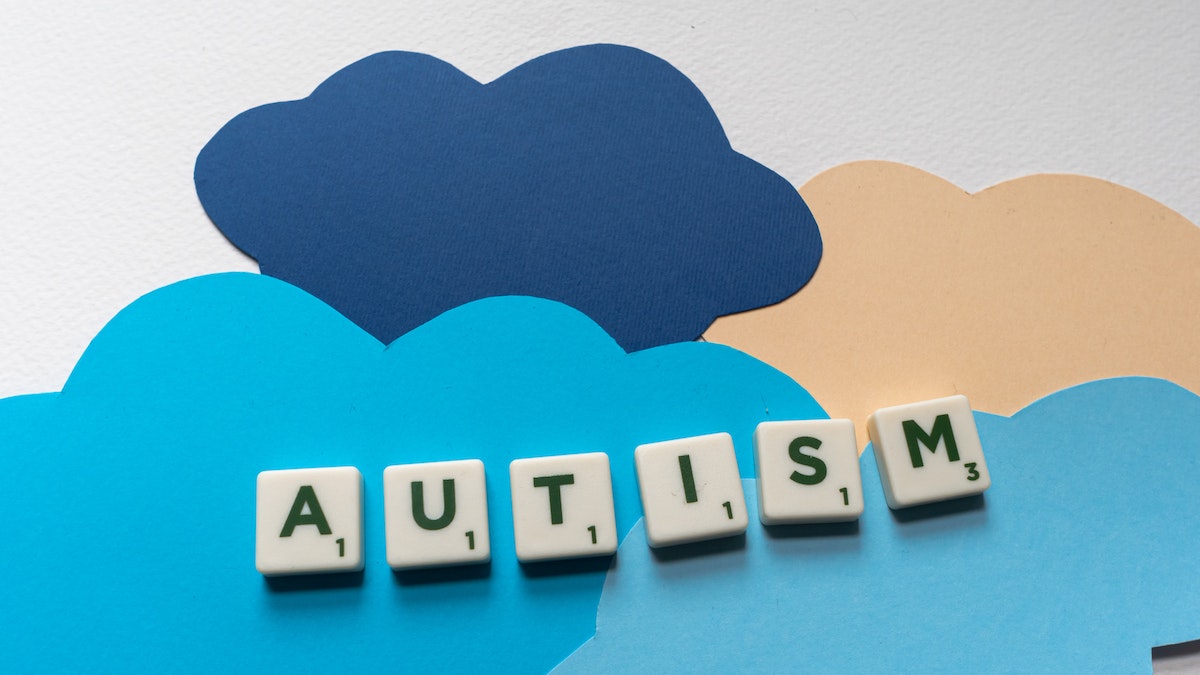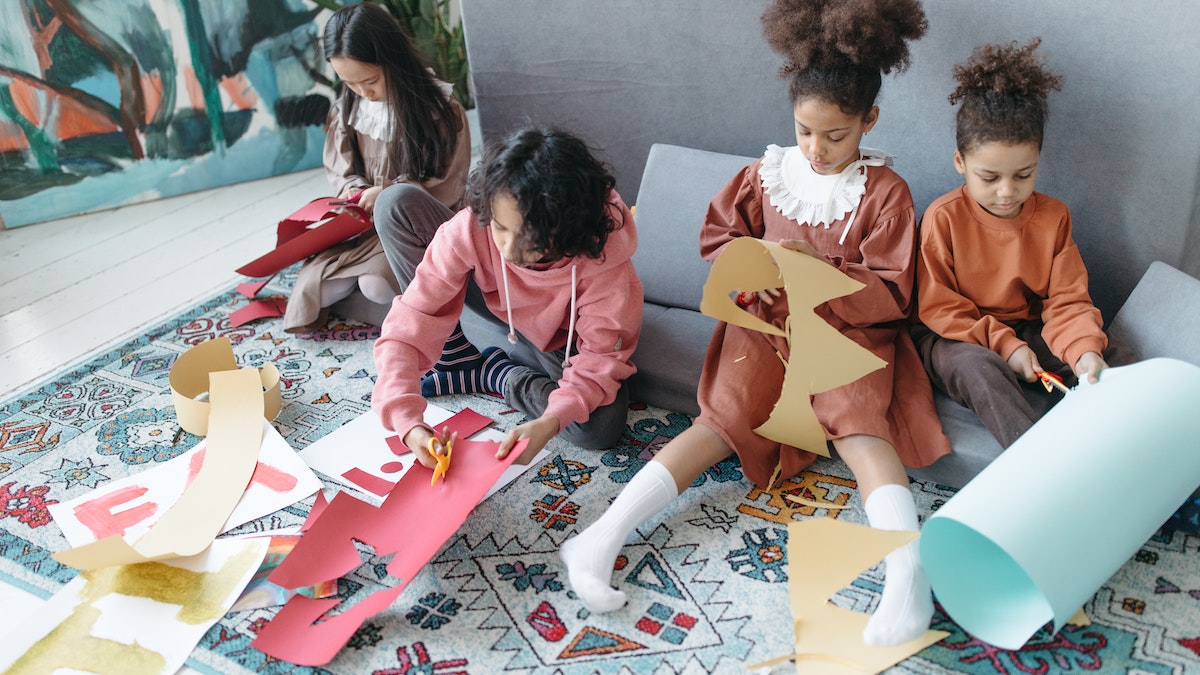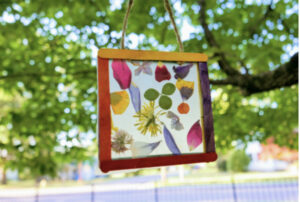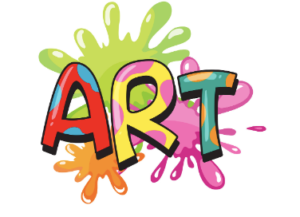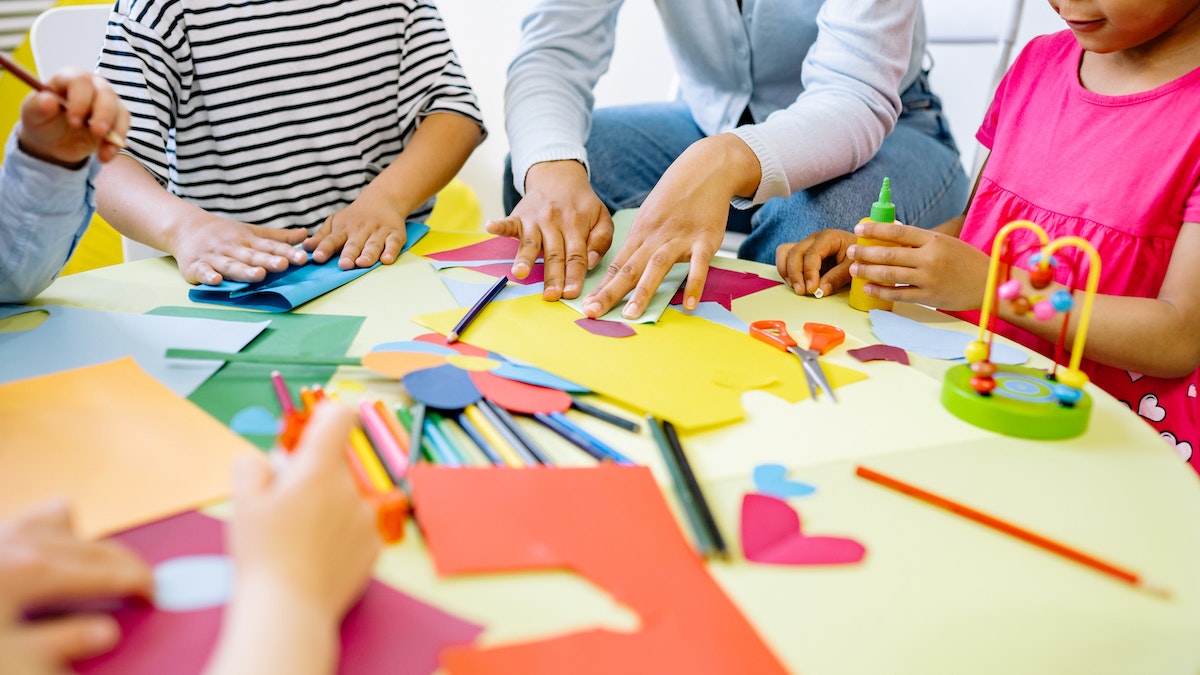
Gris Ibarra, Student Support Coordinator:
Gris is one of our amazing Student Support Coordinators supporting our sites. She goes above and beyond to set up our learners and staff for success. She is here, there, and everywhere. The next time you see her, give her a smile for a super great day! Check out her interview below.
Name a role model who has inspired you in your career.
My grandfather, Juan Salas. He always led by example. He modeled compassion, equity, selflessness, and grit.
What led you to work in this field and with iLEAD?
My children. They’re all unique and learn so differently. I love iLEAD’s philosophy of teaching the whole child and the personal relationships my children had with their iLEAD facilitators.
What’s your process for turning a bad day around?
Having a positive attitude while focusing on the things I can control and not the things I can’t.
Reminding myself of my “why” always brings a smile to my face, even on those hard days.
What is something most people don’t know about you?
I love reading biographies and autobiographies of musicians.
What is the best piece of advice given to you?
Believe in something or you’ll fall for anything.
What is your enneagram number?
I’m a 9.
What fictional character do you relate to most? What character traits do you share?
The Hulk: humble, patient, empathetic, finds the good in everyone, strong and mighty.
What is your favorite color?
Black.





